Marigolds or tagetes (Calendula Officinalis) have an enduring appeal as a flower to give your garden a warm and summery feel.
People have cultivated these cheerful flowers for millennia and besides their good looks, they have useful properties that are appreciated by many gardeners.
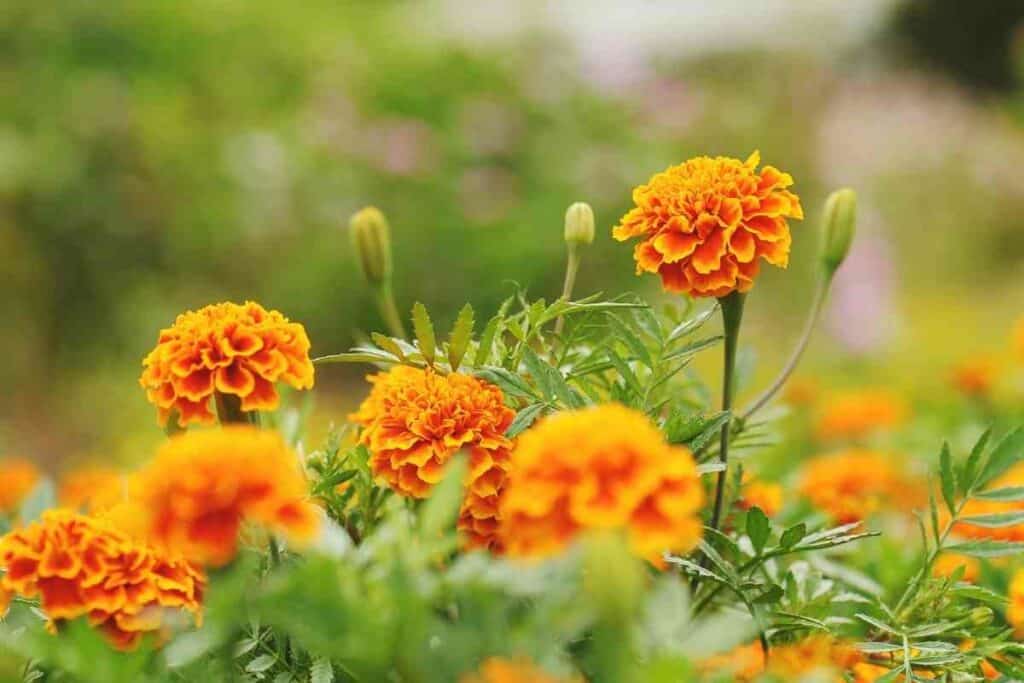
If you are growing marigolds, you may run into issues with unwanted garden residents and visitors helping themselves to your beautiful flowers.
Want to what is eating the marigolds in your garden? Read on as we lift the lid on what is eating marigolds in your garden!
Marigolds are a useful addition to your garden
If you’re growing marigolds, you’re in good company.
These flowers are incredibly versatile and can make a beautiful display in a hanging basket, on a border, or included in a herb or vegetable garden.
Seasoned gardeners are well aware of the multiple benefits of growing marigolds that span pest control, herbal and culinary uses.
Marigolds are the #1 companion plant
Marigolds are often grown in gardens as companion plants.
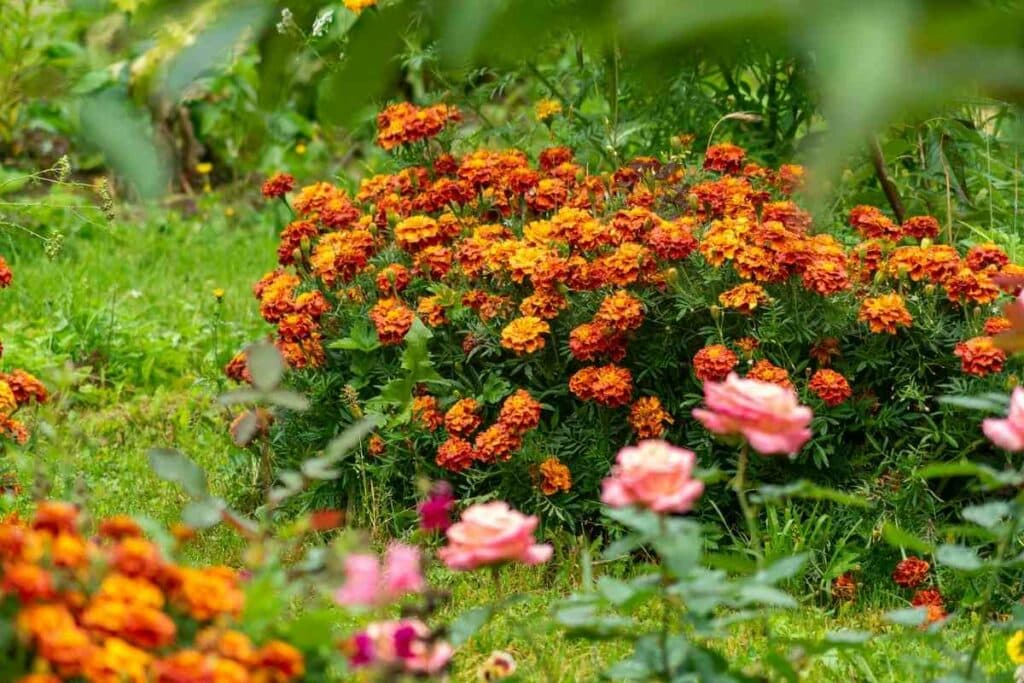
Gardeners plant them near a variety of plants and food crops to assist in pest control, pollination, and habitat provision for beneficial insects.
For many common pests, marigolds are the last thing that they want to eat because of these notable properties.
A strong deterrent smell
Many garden pests hate the strong spicy fragrance of marigolds that marigolds emit from their large flower heads.
The pungent limonene-rich smell is enough to cause pests like blackfly to leave the area where they are grown.
Some marigold varieties are more potent than others.
Insecticidal and nematicidal properties
The scent of these flowers also has potent insecticidal properties and its essential oils linger in the air for a prolonged period, protecting your fruit and veg.

Chemicals produced by the marigold also deter nematodes in the soil from spoiling root vegetables.
The roots of the marigold produce potent nematicides that are active in the immediate area where the marigolds are planted.
Attraction of pollinators
The rich bright yellows and oranges of marigolds and strong scents are extremely effective at bringing inquisitive pollinators into your garden.
Keep in Mind – Marigolds can really expand your garden’s ecosystem and ensure that insects naturally pollinate your fruiting plants.
Attraction of the natural predators of garden pests
Marigolds draw in a variety of predatory insects including parasitic wasps, ladybugs, lacewings, and hoverflies.
These are the natural predators of unwanted pests like aphids and thrips – 100% organic pest control!
So, what is eating my marigolds in my garden?
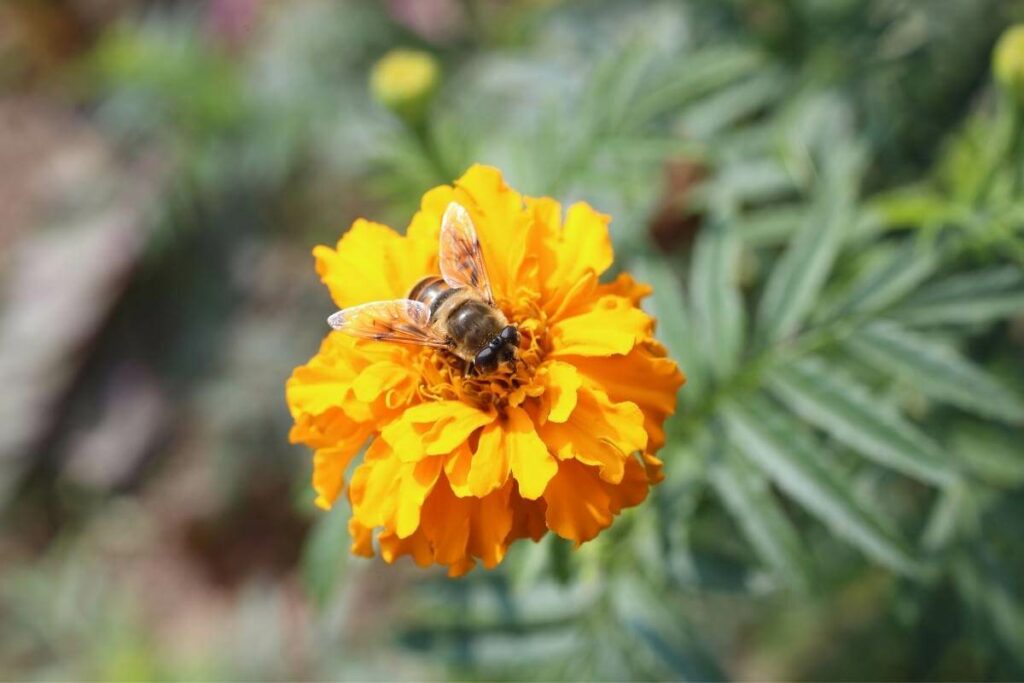
You might think that these potent pest repellent properties would be enough to make sure that your marigolds are undamaged, but a variety of creatures are more than partial to all parts of the marigold plant and you may even find flowers entirely stripped of their foliage regularly.
Here is a line of the most common culprits in your yard.
Grasshoppers
Grasshoppers are voracious eaters of marigolds and are bold enough to eat them in the daytime.
You’ll know a grasshopper has visited your plants because it will eat leaves and flowers from the edges inwards, but not at the center.
Beetles
Beetles like the Japanese Beetle prefer marigold plants.
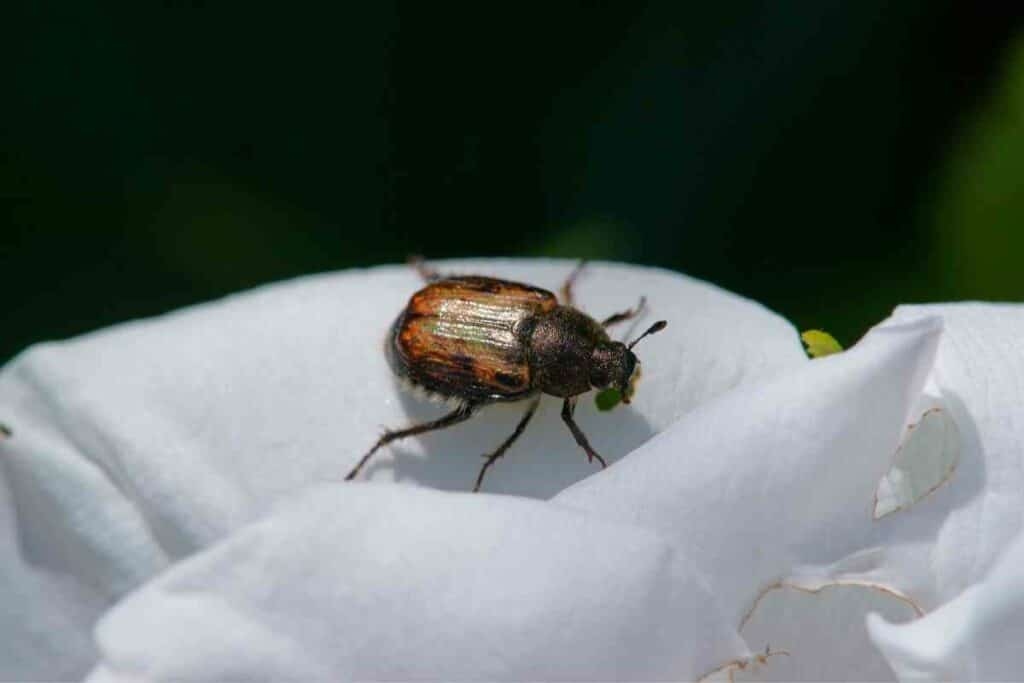
They will head for these plants and tuck into them and you may find them at the base of the flowers in the early evening.
They can be such a problem that some gardeners deliberately plant marigolds just to feed the beetles, hoping the beetles will spare their other plants.
Rabbits
Rabbits will eat marigolds but the potent substances and strong fragrances in the marigold plant can be off-putting for rabbits.
However, they will tuck into flowers, leaves, and stems if they are hungry.
What to Expect? If you plant the marigolds in the open, rabbits may be hesitant to eat them, but as crepuscular animals, they will venture out to eat by twilight.
Rats
Rats and other rodents also eat all parts of a marigold if their food options are limited.
They will feed and excavate during the night, potentially even digging up the flowerbed.
Squirrels
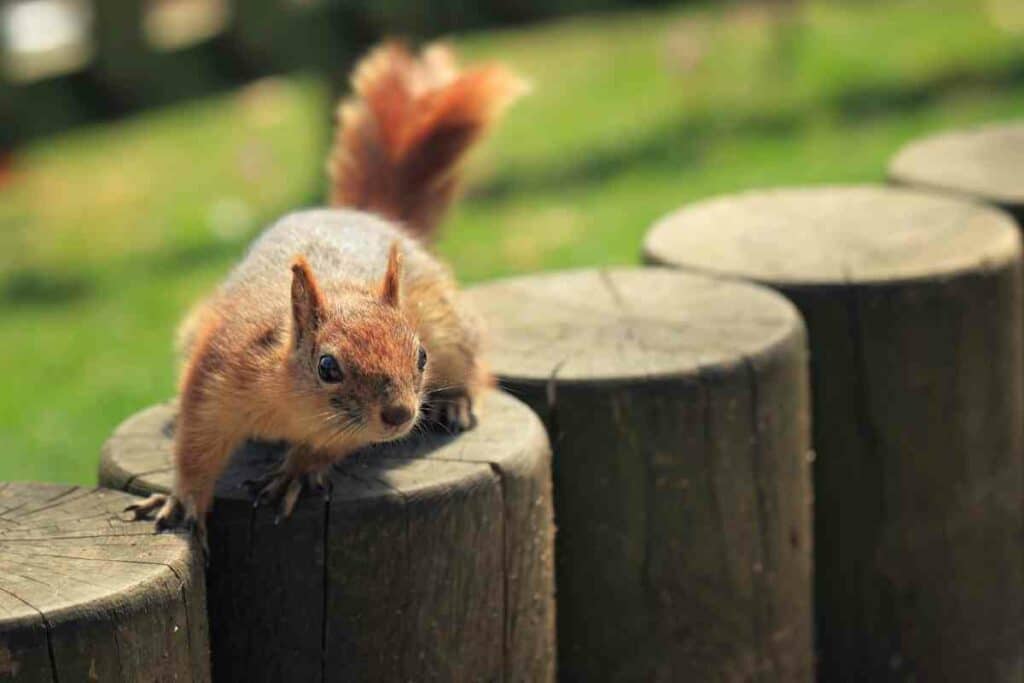
For squirrels, marigolds are a food of last resort.
They are largely deterred by the strong smell of marigolds.
They are unlikely to be the animals that are eating your marigolds but it is not impossible that they are eating parts of these flowers at times when your garden is unattended.
Humans
Don’t underestimate the potential for locals to be foraging marigolds from your flowerbed.
Marigolds are actually fully edible and can be included in salads or cooked dishes as a spice or food colorant.
Common garden pests may also be targeting your marigolds
Marigolds are known for their ability to repel many of these pests from your yard.
However, you may find that your marigolds become the sacrificial plants of your garden as these common garden pests can avail themselves of your flowers.
Aphids
Aphids are avid sap suckers and can feed on the stems and leaves of a marigold flower.
The feeding is unlikely to kill a mature flower, but it will deteriorate the marigold’s appearance, with leaf curling and drooping.
Works Best – If you see aphids on the stem or underside of the leaves you can wash them off by spraying with a hose. Prevent their return with garlic juice spray or neem oil.
Thrips
These small flying insects feast on sap from your marigolds.
Like many pests they target weaker flowers as a healthy plant will tolerate their activity and continue to grow with vigour.
You can deal with thrips by using blue sticky fly trap tape that attracts the thrips. Hang it among the marigolds and keep replacing it once it is covered in these pests.
Whiteflies
Whiteflies are also partial to the sap of marigold and may invest the leaves and stems of your flowers.
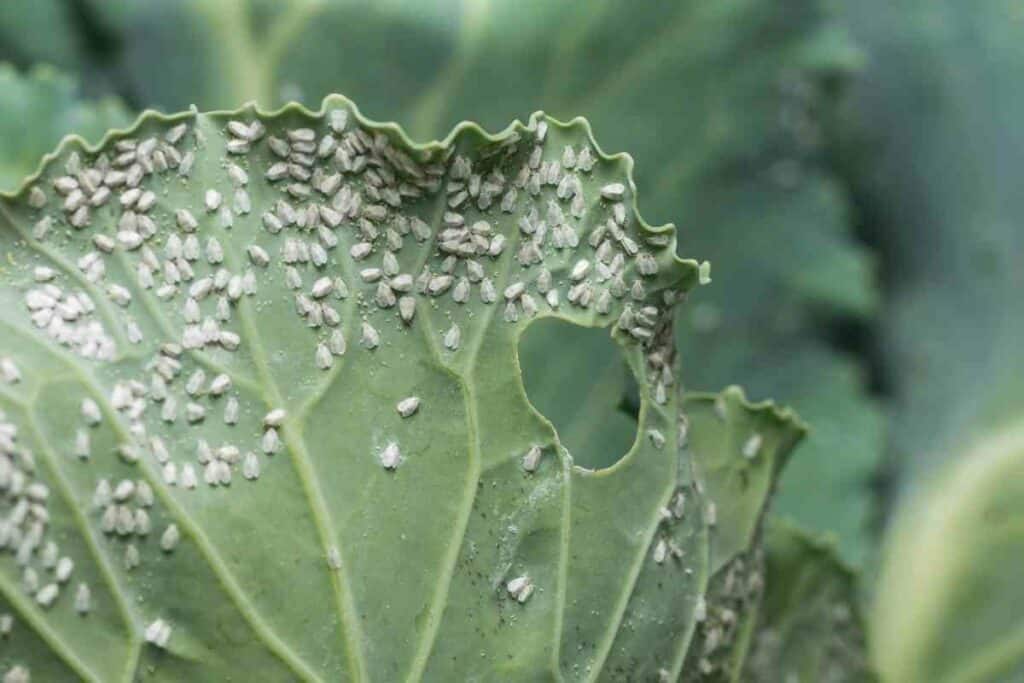
In small numbers, they are unlikely to cause significant damage and you can wash them off leaves or prune affected areas of your flowers.
The best times to tackle whiteflies are dawn or dusk when the whiteflies are slower.
Leafminers
These small, flying insects may lay their eggs on marigolds, hatching larvae that systematically burrow through the two layers of the marigold leaf.
These pests tend to target plants that are already weakened, leaving little lines etched in the leave tissue.
Always Good Idea – If you spot this damage to your marigolds, remove the affected leaves and destroy them.
Earwigs
These common garden residents are known to feed on marigold leaves after dark.
These pests lurk under plant pots, behind garden tools, and among piles of vegetation and debris. Removing these habitats can help to control this pest.
You can also set a trap for them by pouring a layer of oil into a small shallow container and burying the container near the marigolds with its opening exposed.
If the earwigs return to your flowers they become attracted to the oil and fall into the container and die.
Spider Mites
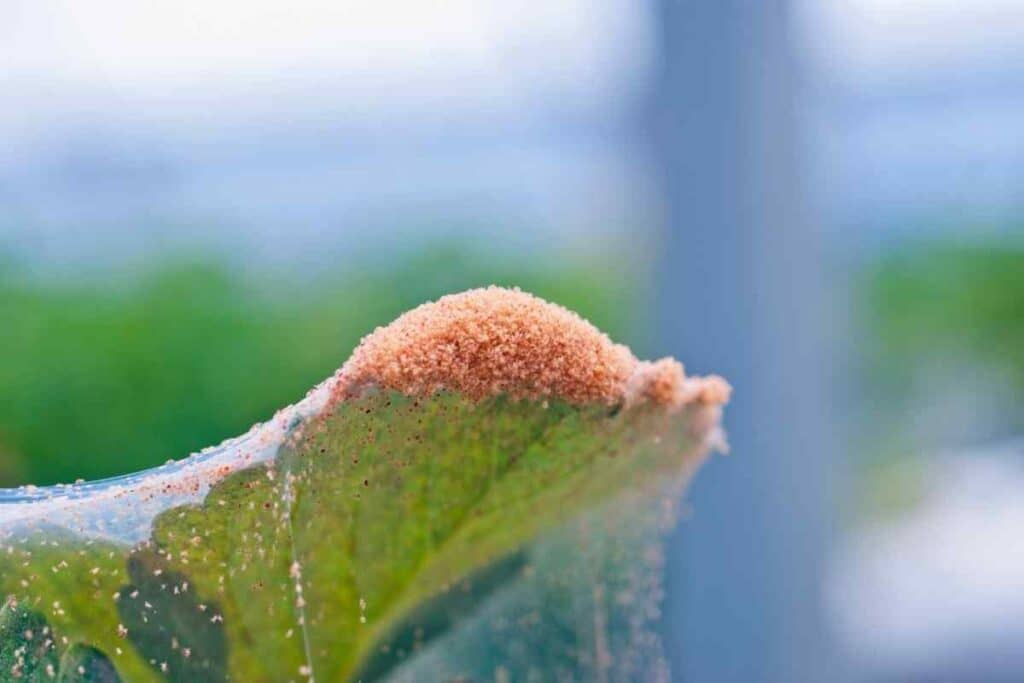
These tiny arachnids are easy to miss on a bright orange marigold, but on closer inspection, they can be seen as tiny orange or black dots on a network of white webbing on your marigold’s leaves and stems.
If an infestation of red spider mites is severe, a marigold may become weakened or stressed.
These mites are attracted to drought-stressed plants so keeping your marigolds well watered should deter them.
Other options for treating affected flowers include Neem oil, pyrethrum, and fatty acid sprays.
Snails and Slugs
Snails and slugs will go for anything leafy, so it’s no surprise that these garden pests will want to tuck into the lower leaves of your marigolds.
Marigolds are often deliberately planted as a target for slugs and snails, to spare more valuable plants and crops from their appetite.
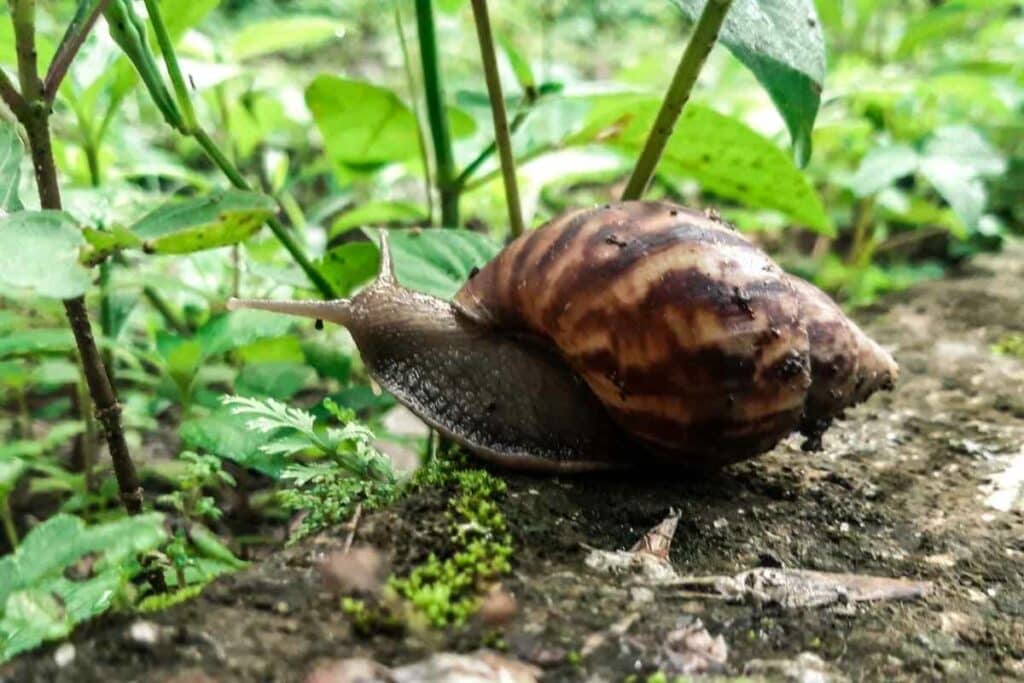
The slugs and snails gravitate towards the marigold, which can be planted in a ring around plants like lettuces, cabbages, and other leafy veg that you want to protect.
Make it hard for these slimy pests by removing their hiding places, like piles of leaves, the underside of garden furniture, and upturned planters.
Works Well – You can also go hunting for them at twilight when they head out to feed and handpick them. If they are on bright marigolds, they will be easy to spot.
Rounding up
Marigolds could end up being the most popular plant in your garden!
Despite their distinctive scent and acquired taste, most garden residents and visitors may be partial to these pretty flowers.
Use marigolds and their many benefits to your advantage, by planting them in large numbers to protect your valuable crops.
As easy growers, you’ll find it easy to replenish your marigold supplies for your varied garden guests.


